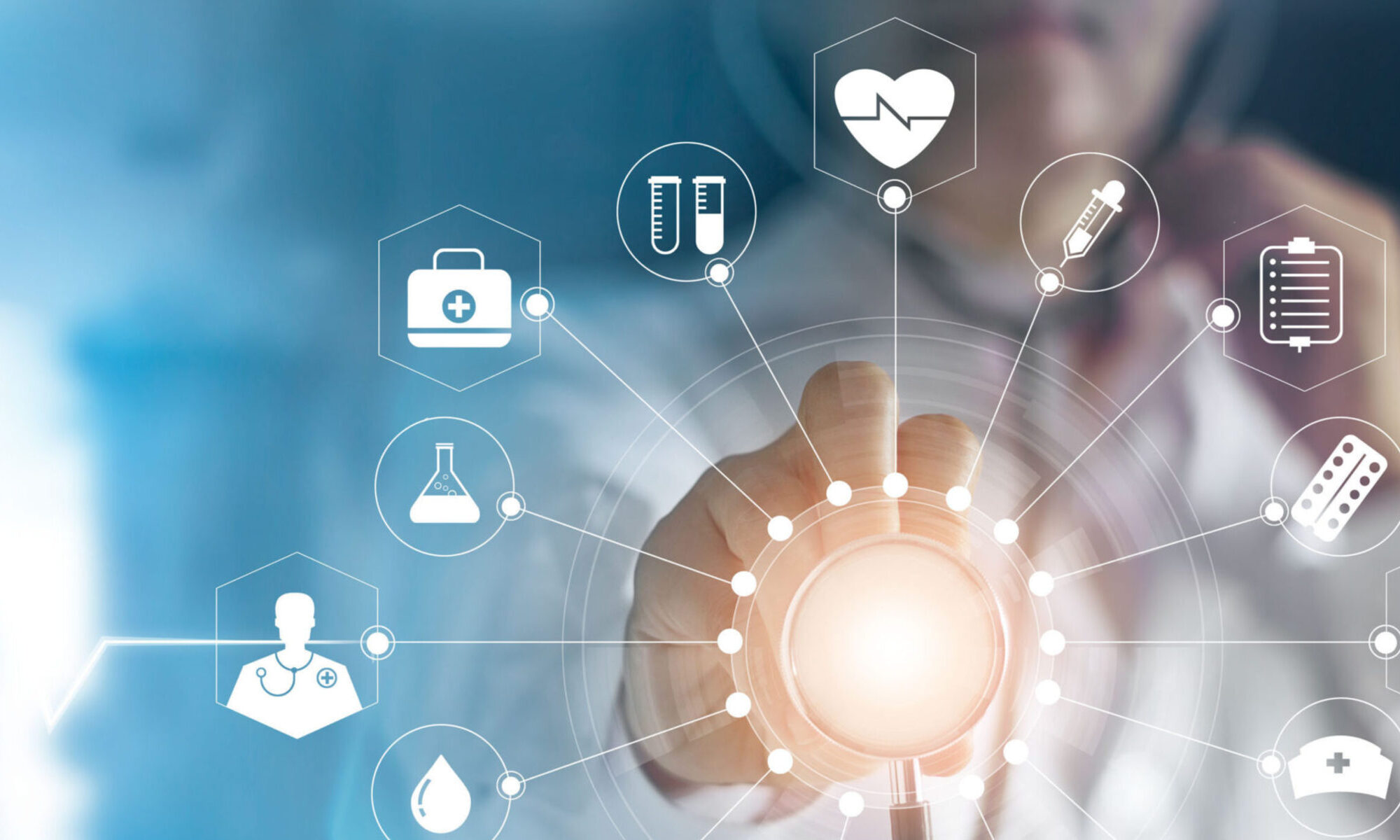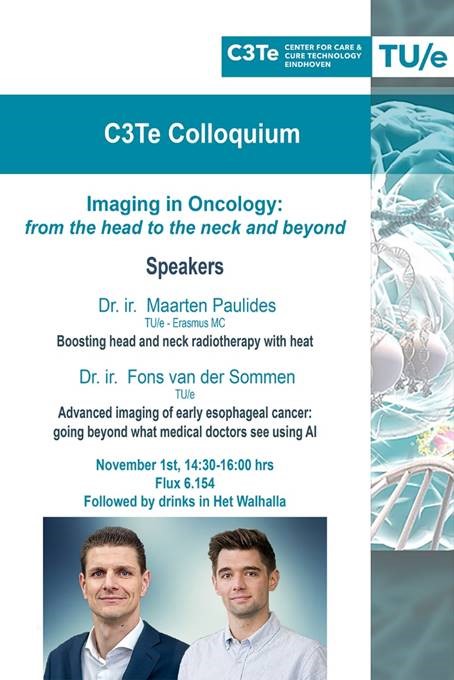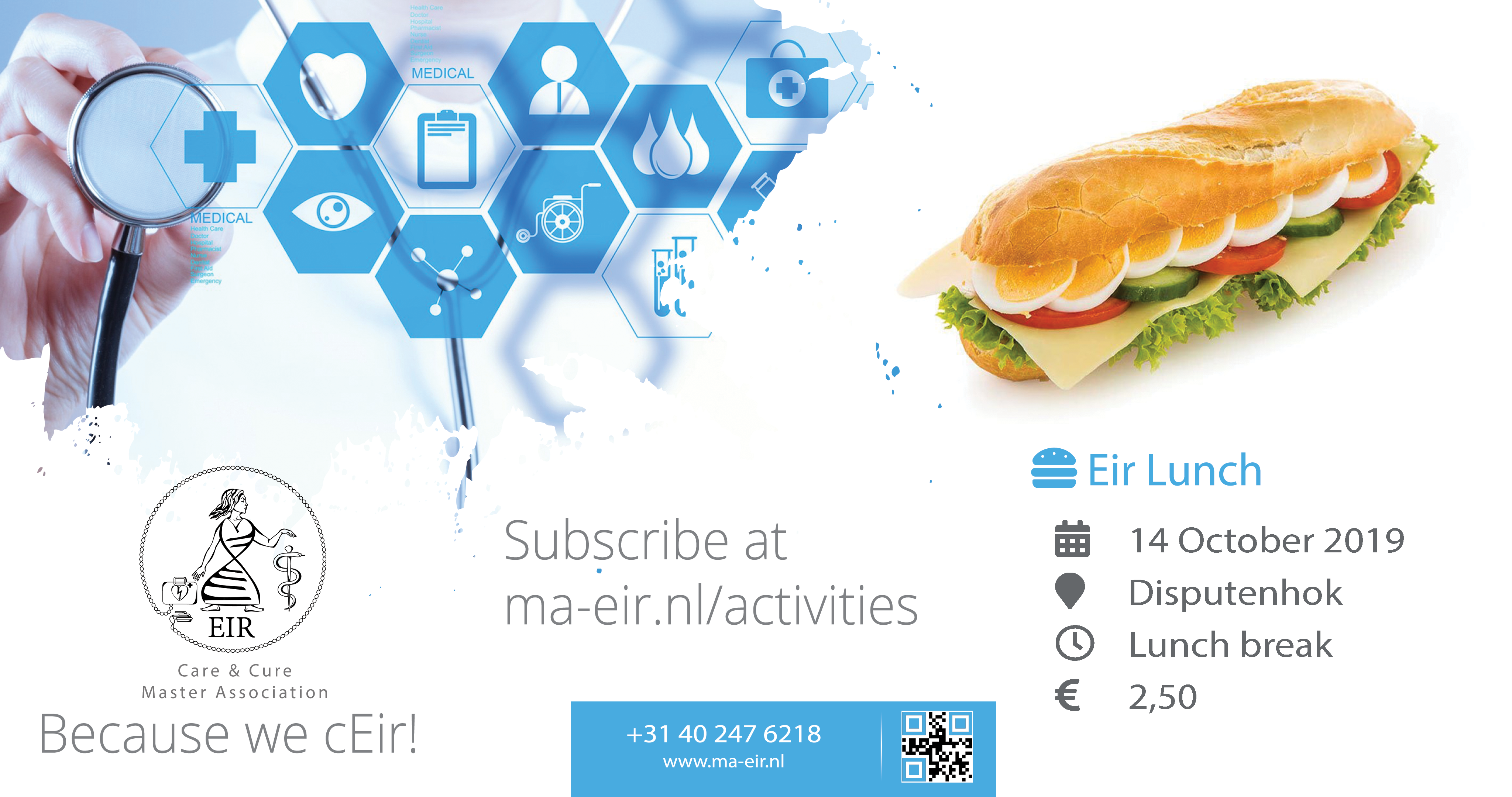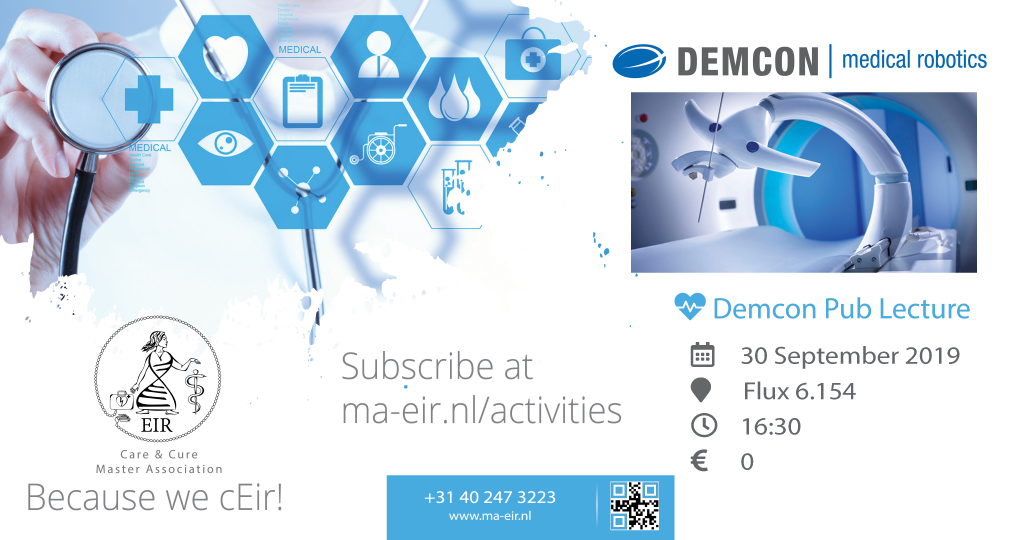All members are invited for a drink, where our beneficiaries will attend. They can tell you everything about the Care & Cure field, and their working experiences.
Join us!


Care and Cure
All members are invited for a drink, where our beneficiaries will attend. They can tell you everything about the Care & Cure field, and their working experiences.
Join us!



We will organise a pub lecture on the 30th of September, provided by Demcon. This presentation is about their Medical Devices department. In this department they develop and realise medical systems for care, cure and selfcare. Applications are i.e. in surgery, therapy and diagnostics. Examples are a operation system for eye surgery, a handscanner for rheumatoid arthritis, a breath module and a hearing aid. The presentation will be given by a former Thor board member Tom Geelen. They will tell you all the ins-and-outs about Demcon Medical Robotics.
It was a very nice afternoon, Wednesday April 24th. The visitors of the symposium could enjoy a sunny view on the rooftop terrace one side as well as an interesting variety of talks right in front of them. After a short introductory speech about the goals of EIR, which can be summarized as organizing activities for students interested in medical electrical engineering, conference chair and director of Centre for Care & Cure Technology Eindhoven Maarten Paulides gave the first research-oriented talk. Maarten, a veteran in hyperthermia[1] and MRI research, posed the question to whether elevating a patient’s body temperature locally could aid other forms of brain stimulation. He demonstrated that the methods to apply localized heat as a support for other cures are available already, but he also pointed out that there is limited knowledge about the how the brain responds to heat.
During his talk, Ghent University’s professor Paul Boon demonstrated the wide variety of brain stimulation treatments that are on the market today. Professor Boon is an expert in the field of cognitive neuroscience, and took the discussion about the many variables in brain stimulation treatments to a new level. Positive effects of electrical brain stimulation have been demonstrated by many studies, but it is not always easy to point out where exactly these effects stem from he concluded.
After a short break, Elles Raaijmakers gave an overview of the development of ideas surrounding the origin of thoughts. It turned out that over the scope of roughly 250 years, the models describing neurons evolved from “simple batteries” to “very complicated batteries”. The lives of the scientists were described as well, like those Hodgkin and Huxley. They struggled for 17 years to prove their Noble prize-winning theory. So if you ever feel your life is going slow, know there is always hope.
Dr. Jeannette Lorteije, an assistant professor at Amsterdam University in the field of cognitive systems and neuroscience, continued with an in-depth view of optogenetics[2]. Her fascinating talk explained how neurons can be modified to respond to light in the lab. After modifying, neurons can be turned on or off with highly focused lasers. This method is used to answer questions related to how information is processed in the brain.
The day continued with associate professor Regina Luttge, who divided her time on her ERC-starting grant project working towards her first brain-on-a-chip devices between University of Twente and our own TU/e during the years 2013 and 2016. While since 2017 fulltime at TU/e, she keeps the noble goal in mind to decrease the number of lab animals used in research, she talked about the development of a system to grow organs by means of microfluidics interventions. Cell type, pressure, environment, nutrients – it all appeared to matter when creating such organ functions on a chip. The talk concluded with a very proud research result: A home-grown tissue consisting of multiple cell types and networks which signaled a (yet) untranslatable message to the audience.
GTX Medical, a company developing implants to enable paraplegic people to walk again, organized the concluding talk. System engineer and part-time PdEng Edoardo Paoles showed the progress of a paraplegic relearning how to walk, while explaining the methods and challenges of the treatment that was developed. The results were impressive, and Edoardo concluded with the promise that more trials helping paraplegics would start soon.
The last activity of the symposium, the drink, was used to discuss the many views on brain or nerve stimulation with the speakers or with other students. While using the most popular brain stimulant in the world, new insights about the origin of thoughts were without doubt reached by many participants.
[1] Medical treatment strategy. The body temperature of a patient is elevated locally to a.o. stimulate the blood flow or activate the immune system.
[2] Research method in which cells are modified to be activated by light.
By Elles Raaijmakers
[ngg src=”galleries” ids=”13″ display=”basic_slideshow”]